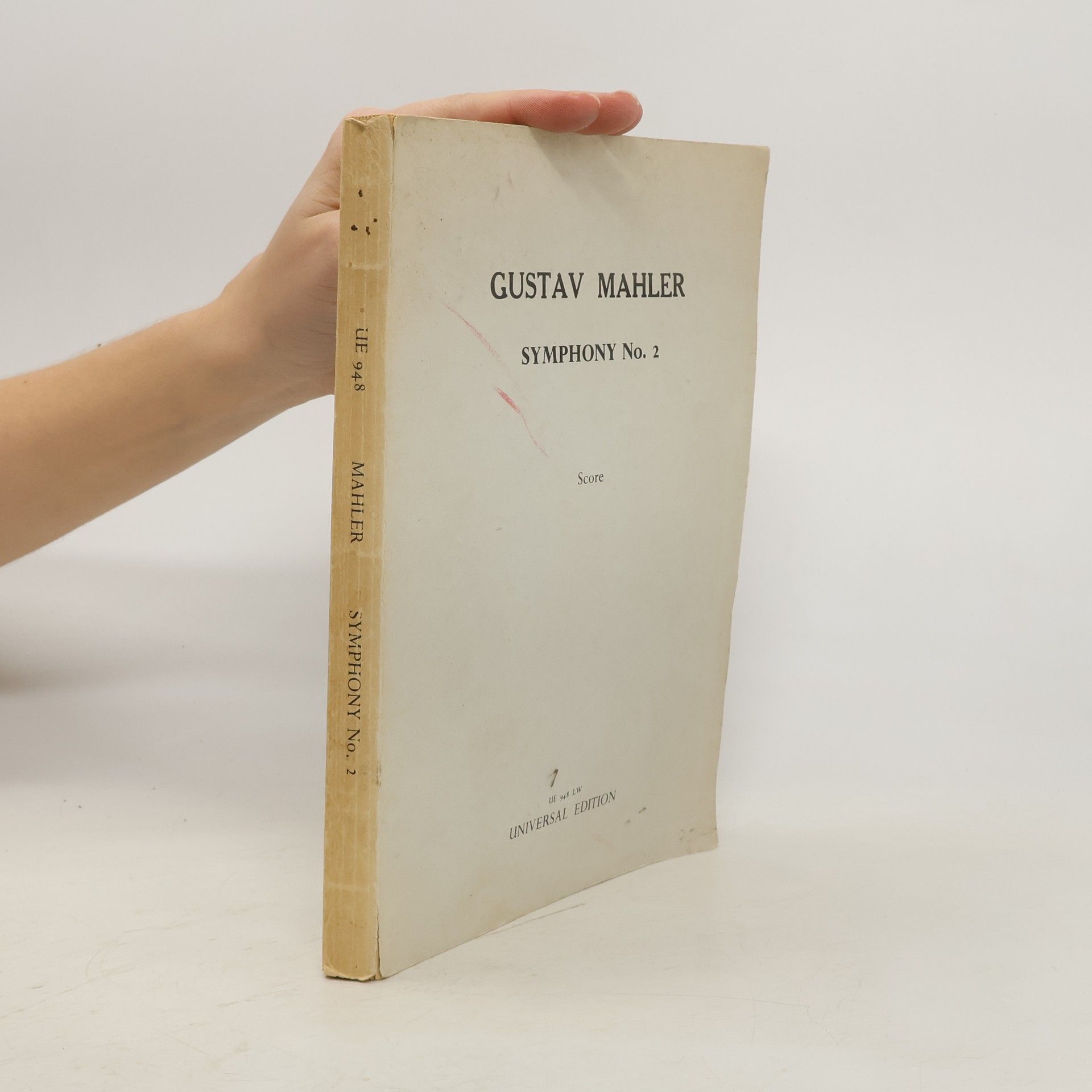Ich bin der Welt abhanden gekommen (Chorpartitur)
aus "Fünf Lieder nach Texten von Friedrich Rückert". für zwölfstimmigen gemischten Chor a cappella. Chorpartitur.
Gustav Mahler stood as a pivotal late-Romantic composer and a leading conductor of his era, bridging the 19th-century Austro-German tradition with early 20th-century modernism. While his conducting prowess was undisputed in his lifetime, his own music only achieved widespread acclaim after periods of neglect and even prohibition during the Nazi era. His compositions were rediscovered and championed by a new generation, cementing his status as a frequently performed and recorded artist into the 21st century. Mahler's works, often composed part-time due to his conducting career, are characterized by their grand scale, utilizing large orchestras, symphonic choruses, and vocal soloists, with many pieces initially sparking controversy.






aus "Fünf Lieder nach Texten von Friedrich Rückert". für zwölfstimmigen gemischten Chor a cappella. Chorpartitur.
aus "Fünf Lieder nach Texten von Friedrich Rückert". für zwölfstimmigen gemischten Chor a cappella. Chorpartitur.
Sopran und großes Orchester. Klavierauszug.
aus "Fünf Lieder nach Texten von Friedrich Rückert". für zwölfstimmigen gemischten Chor a cappella. Chorpartitur.
aus "Fünf Lieder nach Texten von Friedrich Rückert". für zwölfstimmigen gemischten Chor a cappella. Chorpartitur.
aus "Fünf Lieder nach Texten von Friedrich Rückert". für zwölfstimmigen gemischten Chor a cappella. Chorpartitur.
Instrumentation: 4d4, 4d2, 3d1+2Eb(1d cl4), 4d2 - 10(4 off-stg), 10(4 off-stg), 4, 1, timp, perc, 2hp, org in set, str, soli SA, mx chor
Mahler's masterpiece from Symphony No. 5, this arrangement is quite true to the original. Will require at least three advanced players, with skills in tenor and treble clef. Being able to subdivide is a MUST, and counting is crucial!
Die Jugendliebe Josephine Poisl und der beleidigte Dichter Hugo von Hofmannsthal, Wiens „schönste Adelige“, Gräfin Misa von Wydenbruck, und der New Yorker Konzertmeister Theodore Spiering, die Sängerin Selma Kurz und der Komponist Alexander Glasunow: sie alle waren Briefpartner Gustav Mahlers, der als Komponist, Dirigent und Operndirektor mit seiner Korrespondenz ein Netzwerk über halb Europa geknüpft hat. 35 seiner Briefpartner und mehr als 250 unbekannte Briefe versammelt dieser Band. Entstanden ist ein facettenreiches Bild von Gustav Mahler, ein Brief-Band, der sowohl spannende Lektüre für alle Freunde seiner Musik als auch korrekt edierte Quellensammlung für die Forschung sein will.